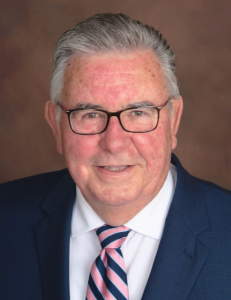
As we start the new year (2018), it has been over two years since the New Jersey Supreme Court took the power of making decisions regarding affordable housing, out of the hands of the COAH Board, and into the respective courts of jurisdiction. So, the question to be asked and answered is has this been a better alternative moving us forward, or has it just delayed and set the affordable housing issue back to the drawing board. My answer to that is that some progress has been made although it has taken a lot of time to get where we are right now.
A little history is in order to set the stage. Sometime in 2008, the COAH board had set out to establish its third round of rules for affordable housing. This had been done twice before, ergo first round and second round. The third round rules passed however were challenged in the courts and after several years, portions of those rules were rejected, and a portion was upheld. COAH then attempted again to revise their rules and after several false starts, a new set was proposed by the administration, who was under the judicial gun to make a decision. Finally, the COAH Board did vote to turn down those proposed rules, in spite of the courts pressure, which brought the issue before the NJ Supreme Court. That Court decided that COAH, now was defunct and not able to operate, so that all issues of affordable housing would have to be solved within the court of jurisdiction for that town. As a result, most towns filed their declaration of judgement in court, which has given them immunity from a builders lawsuit until their cases could be heard.
So, that is what has been going on for the past two years, with towns having to submit their new COAH plans which now are to go to the year 2025. ( 2015 to 2025 – 10 years ). Some towns have combined their efforts to fight these new requirements, while others have worked to settle. Overall, the majority of towns have worked to settle these lawsuits by submitting their new affordable housing plans. As a result, Project Freedom has gotten called into some of these towns for new future projects. One of those new towns is Robbinsville, coincidently where Project Freedom built it’s very first housing project. Another town is Hamilton, again where we also have a presence. Both towns recognize the demand for barrier free housing, and have been supporters of our disabled clients.
This certainly is gratifying to know that these two towns think that much of Project Freedom to include us in their new housing plans for the future. This is also a result of having the issue of affordable housing finally being settled within the structure of the court system. In the past, when the Towns would come before COAH, they could easily delay their responses and would take months if not years to address what should have been settled months earlier. And since COAH had no real police power, there was basically nothing that COAH could do to make them comply.
